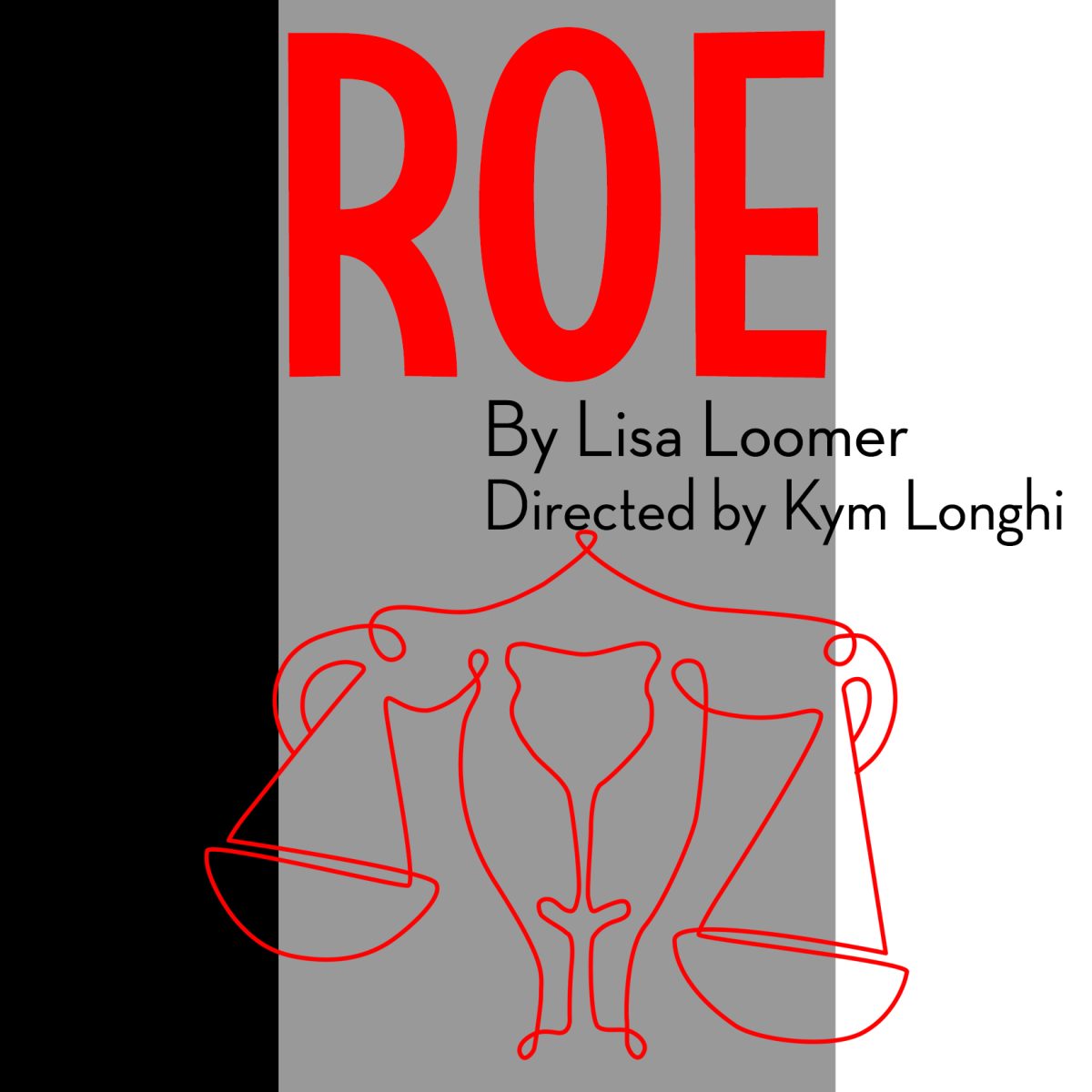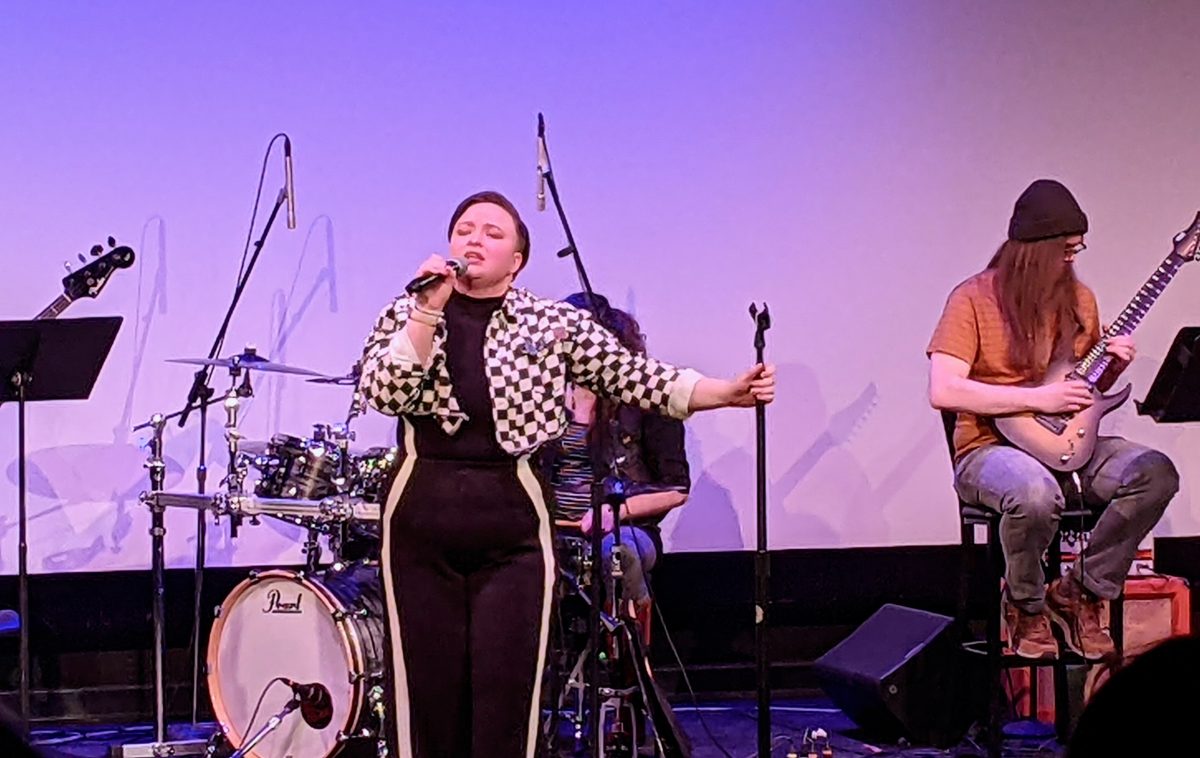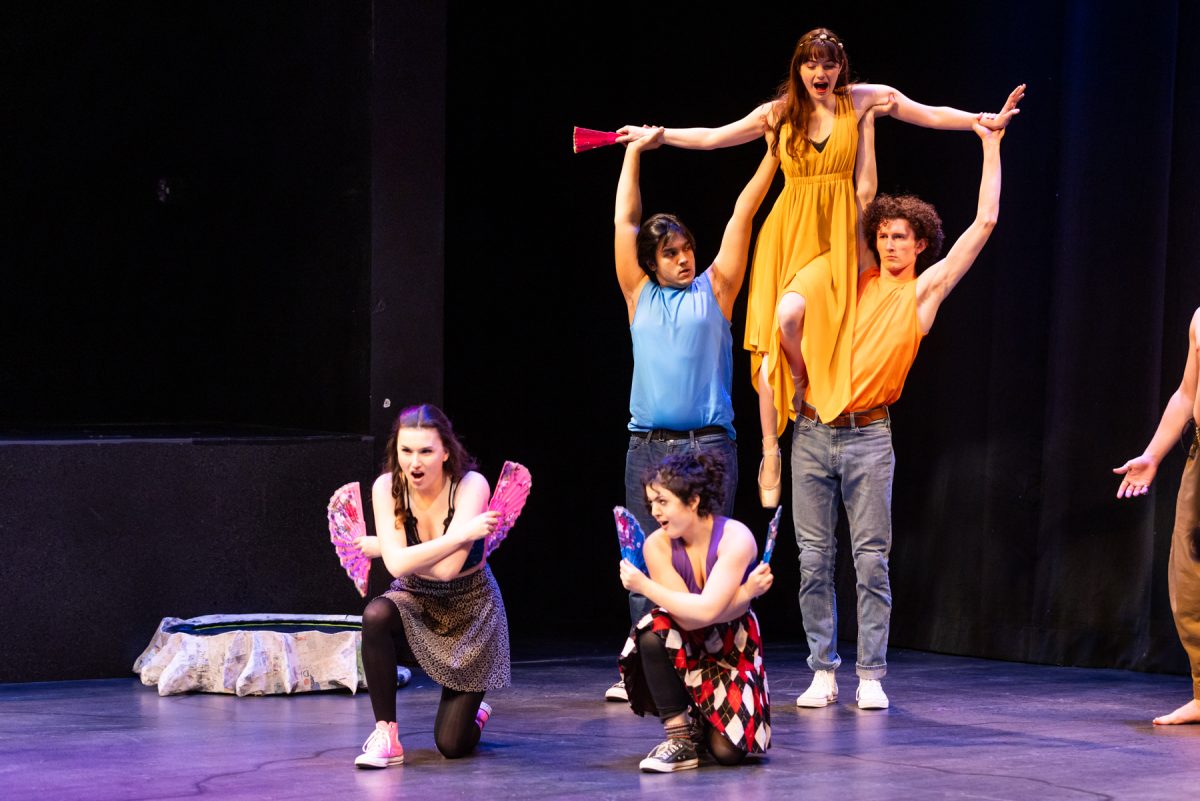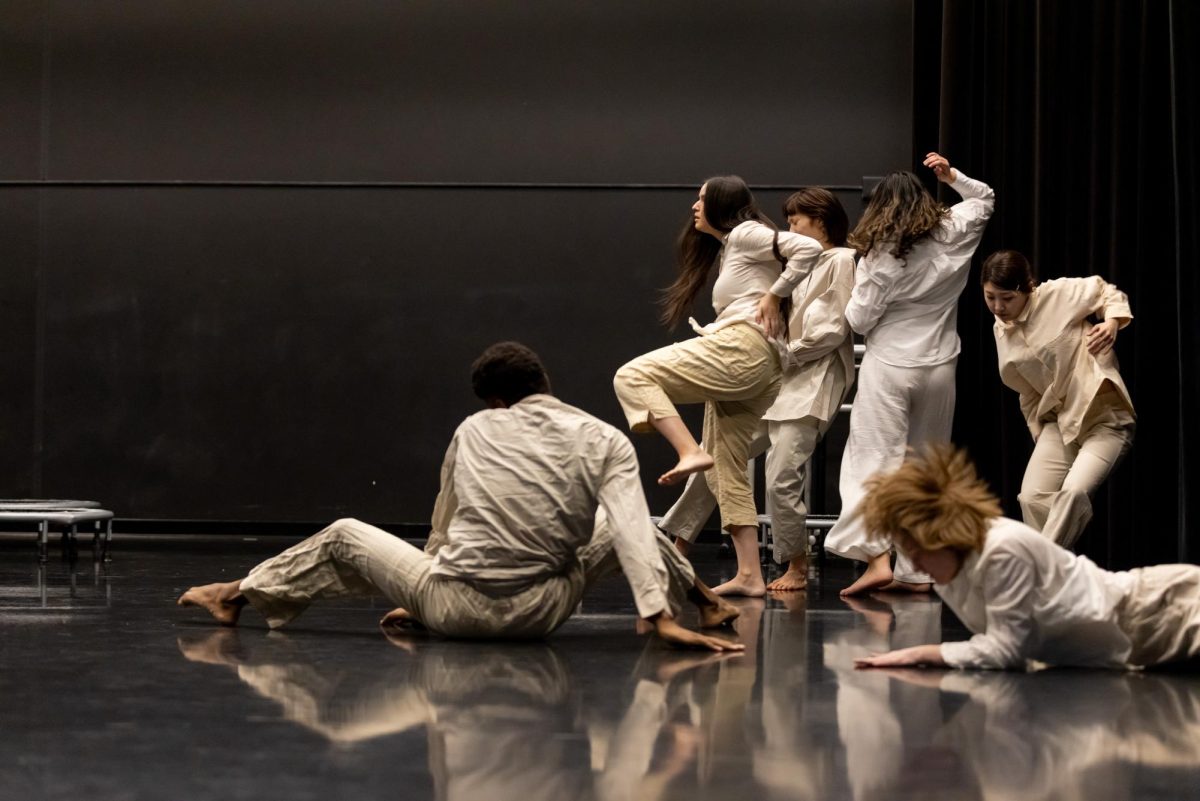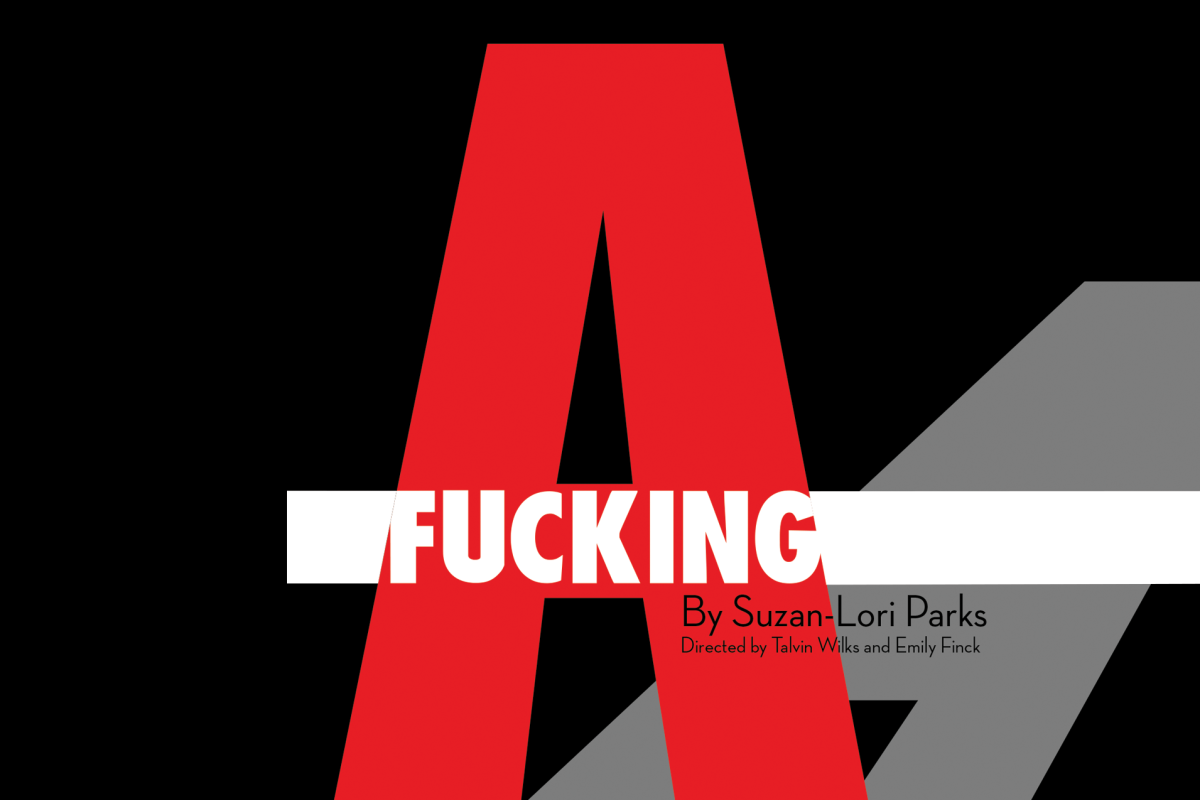What: âÄúPenumbraâÄôs Birth and the Black Arts MovementâÄù
When: Thursday, 7 p.m.-9 p.m.
Where: Regis Center for the Arts 405 S. 21st Ave.
Cost: Free
Age: 18+
The Penumbra Theatre, located in St. PaulâÄôs Selby-Dale neighborhood, is the only African-American theater in Minnesota. ItâÄôs also the largest African-American theater in the country.
More of August WilsonâÄôs works have been produced at Penumbra than any other theater in the world. And while Wilson is the most famous artist to get started at Penumbra, heâÄôs certainly not the only artist whose career flourished there.
PenumbraâÄôs founder and artistic director Lou Bellamy will deliver a lecture to students at the University of Minnesota today in which heâÄôll discuss how the Black Arts Movement informed the Penumbra aesthetic.
TodayâÄôs event âÄî which will be more of a dialogue than a lecture âÄî is the first in a four-part lecture series curated by professor Dominic Taylor.
A&E had the chance to talk to Bellamy. Below is the abridged conversation. The full transcript can be found on the A&E blog.
What events led to you creating the Penumbra Theatre?
First, a milieu in the Twin Cities. I had already been a professional actor and was making a living, albeit sparse, at area theaters. I became dissatisfied with the kinds of roles I was asked to play. They were essentially one-dimensional.
Frequently in those dramas, the African-American character stands alone in a sea of white people.
Every decision, every word they speak has an abnormal weight to it because theyâÄôre there to represent the entire race.
When we elected to provide a space that was peopled by lots of African-Americans, then different kinds of stories âÄî nuances and so-forth âÄî began to emerge.
And then you began to see African-Americans showing up on all of the area stages.
Back in 1976, in what type of environment did Penumbra spring up? How is the world different now?
Still, I think that the creation of the African-American ethos is up for grabs. You still have an undue amount of influence from outside the culture saying what that is.
When you hear Newt Gingrich, for instance, talk about welfare mothers âÄî thatâÄôs an attempt to define a population from someone outside of the population.
I still think thereâÄôs room for our job.
At that time, there were even less places where that could happen âÄî where an interrogation of the human condition could be successfully mounted inside of the African-American culture. It was thought that that could only happen if one used Shakespeare or Chekhov or something like that.
In terms of the community in St. Paul and Minneapolis âÄî like, the immediate community âÄî what do you think the community does for Penumbra and what does Penumbra do for the community?
Well, the way I describe who we are is that we are a fully professional theater âÄî high production values, all that sort of stuff. But weâÄôre a professional theater inside of a community. And that presupposes a special kind of relationship between the theater and the community.
One of the tenets of the Black Arts Movement was that the black artist eschews any attempt to separate him or herself from their community. So itâÄôs important that we stay in communication with our community. That weâÄôre, as W.E.B. Dubois said, âÄúOf, by, for and nearâÄù the community. What happens is when this art emerges, it gets picked up by the larger community, and itâÄôs taken.
What we want to do is stay inside the community and make that work inside the community, for the community, about the community and near them.
I remember a lady once coming to me and saying to me âÄî it was a black lady, an older woman âÄî and she said, âÄúYou know, youâÄôre really good.âÄù And I think I was acting then. I kind of kicked my toes. She said, âÄúNo, no. YouâÄôre really good.âÄù And I began to look her in the eyes. And she said to me the most telling thing: âÄúWhy are you here?âÄù
IsnâÄôt that amazing? Because sheâÄôs used to everything good being skimmed off and taken away. That really taught me something.
And the meaning of the word penumbra âÄî how did that relate to the naming of the theater?
There was a writersâÄô group in New York in the early âÄô70s called the Umbrans. And I was aware of that.
The community center that hired me at first âÄî thatâÄôs the Hallie Q. Brown Community Center âÄî hired me to administer a grant that they had already procured. When I came in, I hired 20 artists. I asked a marketing person to suggest names, and he suggested a number of them.
One of them was Penumbra. It immediately called to me that old writersâÄô group in New York that was part of the Black Arts Movement. They coined it all. They initiated all the kinds of things that the Black Arts Movement stood for. So I was sort of enamored by that.
And then when I really looked up the Latin term, penumbra, it is âÄúalmost an umbra,âÄù or almost a full shadow. It sort of symbolized the way in which art is created, and the marginalization of African-Americans in this country. Also, color gradations in the community. It just had all these multiple resonances. It caught my imagination, so thatâÄôs the one I selected.
At what point in your life did you know you wanted to be a theater artist?
ThatâÄôs a tough question. ItâÄôs hard to admit that youâÄôre an artist because it seems frivolous. It took me a long time, and I hedged my bets with teaching and whatever else before I had to come out of the closet as an artist.
I think that it has to do with recognizing your gifts and how you best can communicate with people.
I often say that being an artist is the way I exercise my citizenship. ItâÄôs the way I can speak, itâÄôs the way I feel empowered to speak. That came relatively late in the development of Penumbra.
I would think that for the first five or 10 years, all of us were just sort of experimenting and just so happy to tell some stories. I donâÄôt think any of us thought it was going to turn into a real career. But it has.
Tell me how you were involved in the conception of the University lecture series on Penumbra.
I retired there recently, in the last year. I gave a speech. And in that, I thought that I might challenge the University to formalize that relationship and really invest in it and make the most of it.
I think that this lecture series is some of the reaction to that challenge.
Penumbra, being arguably the most influential African-American theater in the country, could be the site of tremendous learning and experience for theater majors at the University of Minnesota. And so weâÄôre beginning to mine that relationship now, and this is one of the fruits of that endeavor.
And when you were a professor here, what was your experience like teaching college students?
I love students. And I love to interact with them. I love watching that light come on âÄî thereâÄôs nothing better when they say, âÄúI got it! I get it!âÄù And thatâÄôs what I think thatâÄôs what any teacher lives for âÄî to be in the presence of a student when that synthesis takes place, when they connect the dots. Because thatâÄôs the jump in learning, thatâÄôs the giant step. And you want to be there when it happens so you can then focus it.
So much of the literature that I taught in the theater department were plays and essays and so forth that most of those students had never seen âÄî be they African-American or not âÄî because that line of study largely falls outside of American history or American theater history. ItâÄôs taught as an addendum. So when I would make these things available to them, they were invariably surprised beyond measure that such a large tradition of theater existed âÄî and one that they knew nothing about.
A strange thing seems to happen with a lot of African-American literature, especially in theater. As the dominant society subsumes that creativity, it loses the strings, or the impetus, from which it began.
Tell me more about your educational efforts at Penumbra.
Well, there are lots of them now. Sarah Bellamy, my daughter, is our education director and associate artistic director.
She has expanded what I began as a sort of a craft-based approach to teaching young people to more of a philosophical and social justice-based approach.
So what we have is a summer institute now that is a national model. It draws some of the most excellent of high school students who come in and work with our artists for four or five weeks during the summer. And it has a real social justice bent to the education âÄî they become responsible consumers of art. All of them have a social justice imperative and a project that they do out in their community. And they begin to see the power of art in social change.
What role does art play in social change?
Art is part of us all the time. ItâÄôs kind of a western reality to try to separate art from life. In many cultures, thereâÄôs not even a word for art. They call it a house or a shirt.
Art can be used as a real powerful tool to wake people up. You shake them in their seats. You make them emotionally invest in something and then interrupt that emotional investment with a philosophical message or an interrogation of right and wrong. Art can reach across cultures.
ItâÄôs man unarmored, even if itâÄôs just for a second, where you can penetrate and use that as an opportunity to widen understanding, to make us better.
In your position at the Penumbra, do you have any sort of day-to-day routine?
Oh, yeah. The Internet has made it such that we can work all the time. I work wherever I am. I tend to come into the office for four or five hours, maybe less, a day so IâÄôm integrated into what everyone is doing.
Then I tend to go to the library, to a movie, to different archives âÄî those kinds of things, doing research. Thinking about the next season, or the next artistic thing IâÄôm going to try to do.
And what are you doing in Wisconsin right now?
Well, I have a cabin in northern Wisconsin. And IâÄôm in the outdoors a lot. I hunt, fish, hike âÄî all that sort of stuff. This is rejuvenation for me. IâÄôve been in Indiana directing for about a month, and I just got back. I have got to come up here and find my center.
Do you have a directing philosophy?
I value the playwrightâÄôs intent very, very much.
I try to provide an up-to-date and vital interpretation of the playwrightâÄôs intent.
IâÄôm getting ready to do âÄúThe Amen CornerâÄù at the Guthrie, a James Baldwin play. I will try to give an up-to-date interpretation of James BaldwinâÄôs intent. Life is different than 1956. Some of the issues still resonate. Some of them manifest themselves in different kinds of ways. What I try to do is find that kernel that is Baldwin and then interpret that for a contemporary audience. That means, of course, that I have got to be very sure in my interpretation of what it is he was after.
The other thing I attempt to do is ensemble work.
You wonâÄôt see stars, necessarily, in productions that IâÄôve directed. I try to, as much as possible, get that ensemble feel for the work. Which is, again, a reflection of the Black Arts Movement âÄî the importance of community and so forth. ThatâÄôs what I try to put on the stage.











